Some people warm up their cars before taking to the road but others don’t. Some use electric turning signals, some use hand signals, and others don’t.
There is a lot of variation in how people begin their drives with some using a more thoughtful, experienced approach and others just taking their chances.
In aviation, with its pervasive safety culture, the takeoff is a well-choreographed, rather demanding procedure. While the pilot’s actions differ from one airplane type to another, the basic tenets are pretty consistent.
Before the Takeoff
Our focus here will be the takeoff itself, yet it is important to realize that the pilot does considerable preparatory work before even getting close to the runway. This includes dealing with weather, flight planning, getting a formal briefing, and preflighting the airplane thoroughly. At airports with operating control towers, getting a clearance from ATC (Air Traffic Control) to taxi to the runway is also involved.
Still, some airplanes can take off from airports without active control towers. In fact, some specialized airplanes can also take off from water, snow, ice, sand, dirt, rocks, and more. However, for this article, we will consider only the situation where the airplane will be taking off at an airport with an operating control tower.
Taxi and Runup
The pilot must “drive” the airplane from where it is parked to a special area to check systems (see below). “Driving” an airplane on the ground is called taxiing. Even during taxiing, the pilot is already checking systems.
Airplane taxi almost always requires the pilot to steer the airplane with the feet placed on rudder pedals. Pushing the left rudder pedal sends the nose of the airplane toward the left, and pushing the right rudder pedal sends the airplane to the right. Breaking is accomplished in most airplanes by using told brakes. Each rudder pedal has a metal device at the top of it that can be depressed with one’s toes. It’s quite interesting, particularly to non-pilot’s, that steering on the ground basically does not involve the yoke or the stick.
Under certain high winds, the yoke with a stick can help an airplane stay on the ground, but that is a relatively unusual phenomenon.
Before an airplane is ready for takeoff, the pilot must conduct a runup. This involves checking airplane systems, its responsiveness to inputs to the controls, and much more. For part of the time spent doing these safety checks, the airplane’s engine will be putting out high RPM (running loud and fast), hence the “run” in “runup.” Obviously, the pilot holds the brakes during this phase of system checks!
In most cases, a runup for a small airplane will take place at a specially-designated runup area near the beginning of the runway. You may see several airplanes in such an area, all running up at the same time.
We will begin this article as the airplane sits on the taxiway of the towered airport. He is facing across the runway, awaiting a takeoff clearance from ATC. Pilots may not allow even one inch of the airplane to venture out onto the runway until that clearance is issued.
Holding Short and Line Up and Wait
The position where the airplane is on the taxiway pulled up to the runway but not yet on that runway is called holding short. While holding short, the pilot re-checks multiple systems, but also looks to the skies to identify other airplanes near the airport and their probable intentions. This is, of course, an added safety precaution.
The pilot will also verify that the runway numbers match the airplanes magnetic heading. Runways are numbered in accord with the compass. For example, if an airplane on the runway is pointing directly east, the runway number will be 090 (that is the magnetic heading for east).
Once ATC is ready for the pilot to taxi onto the runway, the controller will either clear the pilot for takeoff or tell her to Line Up and Wait. Line Up and Wait clearances tell the pilot to situate the airplane on the runway, pointed in the right direction, with the brakes on. The airplane has not yet been given permission to roll down the runway for takeoff. The line up and wait clearance is usually used to get an airplane poised to take off when the airplane is not completely clear, that is, another airplane may have landed moments ago, and is still rolling down the runway without having gotten completely clear of it. Controllers may not authorize a take off until there are no other aircraft (not even that one inch of them) on the runway.
The Takeoff Roll
Once the pilot receives ATC’s clearance to take off, he or she immediately looks down the runway to check for critters. Deer, rabbits, and other visitors sometimes decide to park or cross a runway, and airplanes just hate running into them.
Once the pilot has received the clearance and is satisfied that the runway is safe, he or she will apply full power to the airplane, take his or her feet off the brakes, and the airplane will begin its takeoff roll. During this time the pilot must check more and more systems while at the same time ensuring that everything is safe in front of the airplane.
This is generally a relatively-noisy time within the cockpit. The engine is developing full power yet the airplane is not moving as fast as it would during cruise. There is also lots of vibration.
Things that happen from the application of power all the way to when the main wheels leave the ground depend heavily on indicated airspeed. There is, of course, a system inside the airplane that shows the pilot how fast the airplane is moving over the ground, and its operation depends on something called ram air. Basically, a tube sticks out into the wind, and as the airplane travels faster and faster, more air blows into that tube. The more the air is blowing in (the higher the air pressure coming into the tube), the faster the indicated airspeed.
Single-engine airplanes have a target airspeed at which the pilot is expected to lift the nose from the ground into the air. This process is called rotation. This speed at which one should rotate during a takeoff is referred to as Vr. In fact, virtually every speed that a pilot must employee to do one thing or another is indicated by a capital V with a subscript. So Vr is the speed of rotation (Velocity, actually taken from the French word, “Vitesse,” of Rotation). As an example, Vr for many Cessna 172 airplanes is about 5060K, depending on the model. “K” refers to knots, a measure of speed used in aviation and SEA. One knot is equal to 1.15 miles per hour.
Some Other V Speeds
Multi-engine airplanes have more V speeds for the pilot to consider during the takeoff. Have a look at some of them:
V1 Required takeoff speed. The airplane that has reached V1 cannot abort the takeoff. Too dangerous. Gotta go up!
V2 For twin-engine aircraft, the speed at which the airplane can still climb even if one engine is inoperative. A climb at V2 is very slow.
Vsse The single-engine “safe” speed. A twin-engine airplane that has lost one of its engines, under the right circumstances, can still be controlled at this speed or faster. This speed is a very important one to be in the pilot’s mind for a twin-engine airplane’s takeoff.
Vref The computed optimal speed for most landings. This varies based on factors like aircraft type and the slow speed at which the machine will stall (lose lift) when configured for landing.
Control Surfaces during the Takeoff
Airplanes have “control surfaces,” typically made up of ailerons, flaps, the elevator, and the rudder.
Before takeoff and on the ground, ailerons do almost nothing unless they are helping the pilot adjust for a crosswind. During a takeoff, ailerons can help the airplane point into the wind as soon as the airplane leaves the ground. Once in the air, ailerons move the airplane along its longitudinal axis, meaning rolling the airplane like twisting a pencil between your fingers.
Before takeoff and on the ground, flaps may cause unintended lift, so pilots will usually ensure that they are not operating (that they are retracted). During a takeoff, the small additional lift the flaps create may be helpful for the pilot. Once in the air, flaps can help the airplane achieve a little more lift, but also cause drag (which can show an airplane down).
Before takeoff and on the ground, the elevator may help a pilot keep most of the airplane’s weight on the main tires, which helps for stability. During a takeoff, the elevator helps the pilot rotate the nose of the airplane upward, to assist with leaving the ground. Once in the air, the elevator primarily controls nose-up and nose-down motions of the airplane. This is referred to as rotation about the lateral axis.
Before takeoff and on the ground, rudder itself does very little. However, the pilot steers the airplane during taxi by using the rudder pedals. They move the nose wheel on “tricycle-gear” airplanes, so affect ground steering. During a takeoff, the rudder helps the pilot steer on the runway until the moment the nose wheel lefts off; then it transitions to moving the nose left-and-right, which is referred to as motion about the vertical axis. Once in the air, the elevator keeps controlling this same left-right-pointing motion.
The big deal is that these control surfaces become more and more effective as the airplane accelerates down the runway because more and more air molecules are hitting (and deflecting) the surfaces. By the time the airplane is ready to leave the ground, they are completely effective and permit the pilot great control.
Post-Takeoff Clean-Up, Climb, and Cruise
Sometime after an airplane has taken off from the runway, the pilot often has to do certain things to modify the configuration of the airplane and its systems. For example, some pilots under the right conditions will deploy flaps for the takeoff. Flaps are devices on the wings that change the aerodynamics of the airplane. If for a particular takeoff flaps had been deployed (extended), then the pilot must retract them before going into normal cruise.
Also, in transitioning from takeoff to climb, and then from climb to normal cruise, there are other configuration changes a pilot will effect. As an example, the air/fuel mixture control usually must be adjusted several times during a flight, and shortly after takeoff is one of the times for a mixture change for certain airplanes.
There may also be radio communications the pilot must effect during takeoff and beyond. One example would be a pilot requesting to change radio frequencies once he or she is far enough from the airport.
Recapitulation
A takeoff is a busy time for a pilot and his/her airplane. Even before the takeoff, there are numerous safety and status checks, including those during taxi and once reaching the runup area.
Taking off at a field with an operating control tower, the pilot must interface with ATC several times, and he or she must have a clearance to cross from the taxiway onto the runway.
The actual takeoff roll requires vigilance as well as paying strict attention to V speeds. There are also airplane configuration and communication requirements that add to the complexity of the takeoff.
A successfully-executed takeoff is a fine blend of mechanics, procedures, coordination, and finesse.
Ready to soar in your aviation career?
Mr. Matthew A. Johnston has over 23 years of experience serving various roles in education and is currently serving as the President of California Aeronautical University. He maintains memberships and is a supporting participant with several aviation promoting and advocacy associations including University Aviation Association (UAA), Regional Airline Association (RAA), AOPA, NBAA, and EAA with the Young Eagles program. He is proud of his collaboration with airlines, aviation businesses and individual aviation professionals who are working with him to develop California Aeronautical University as a leader in educating aviation professionals.
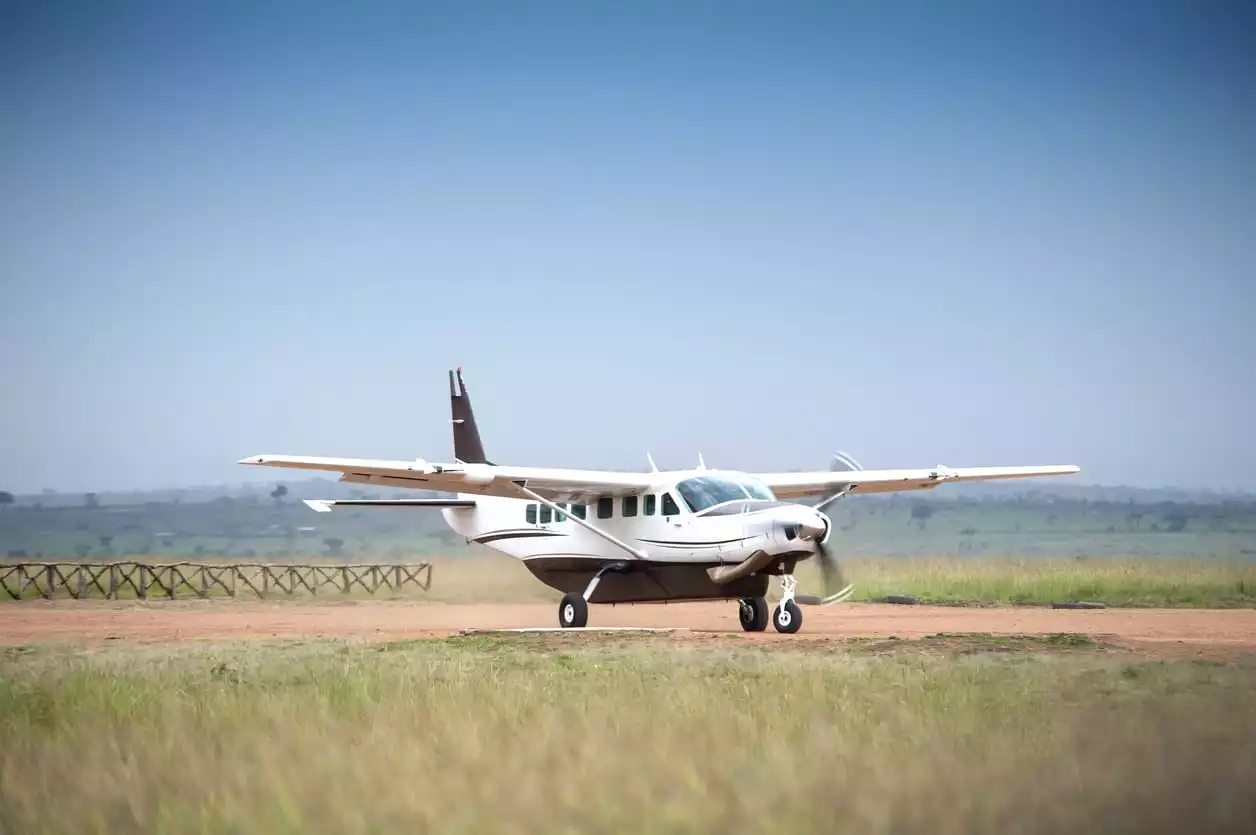
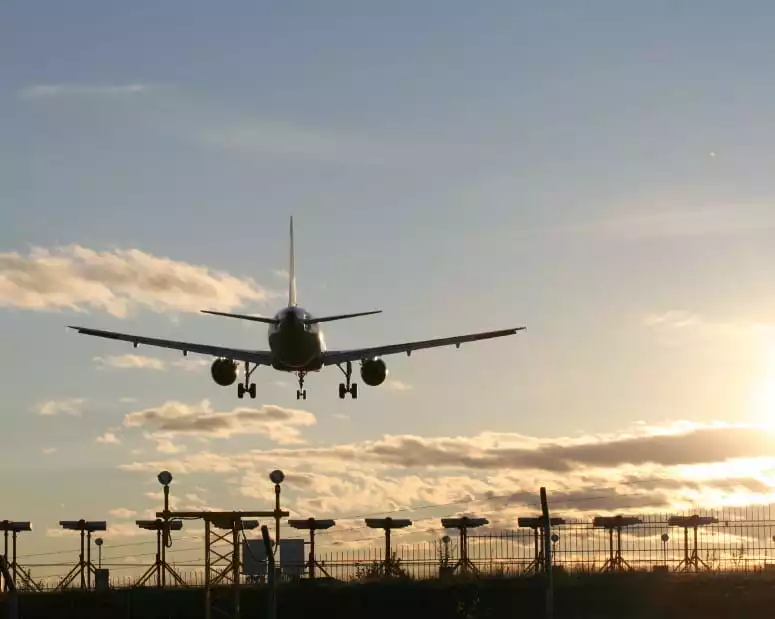
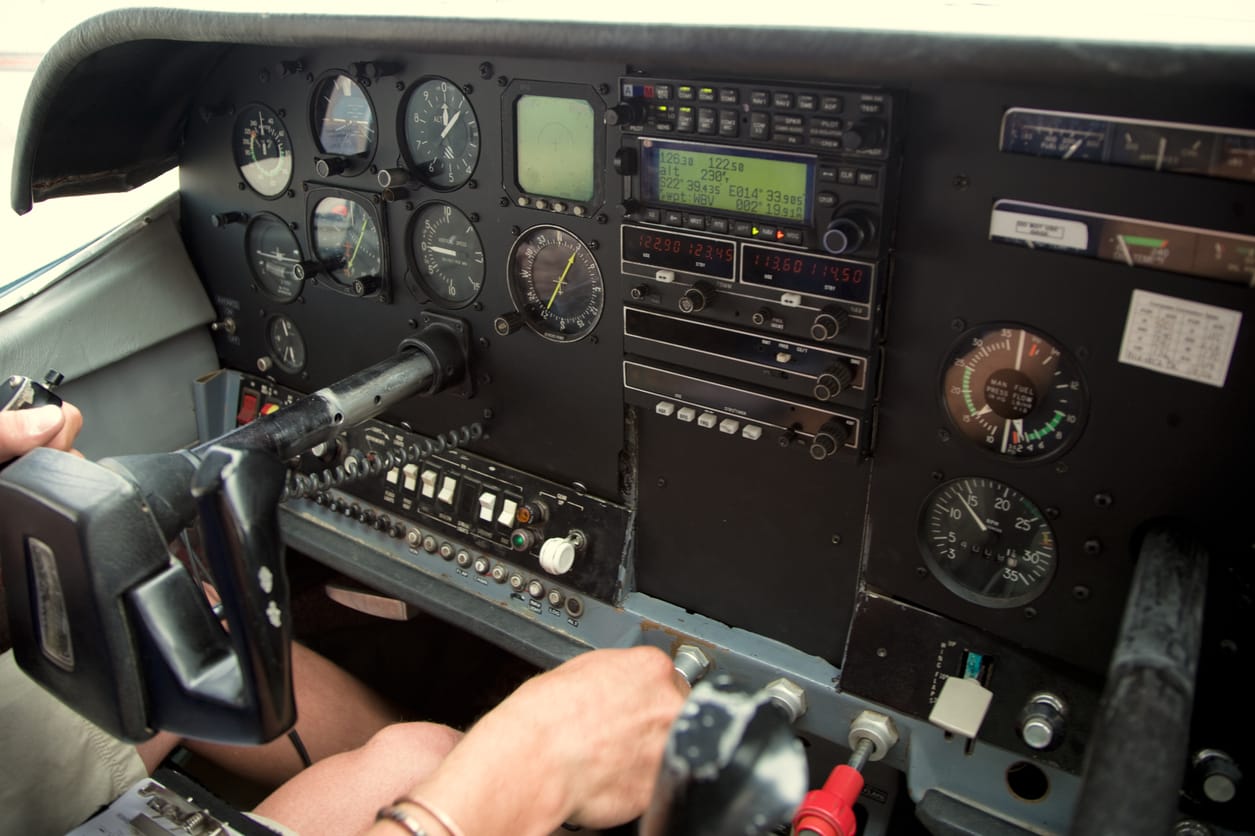
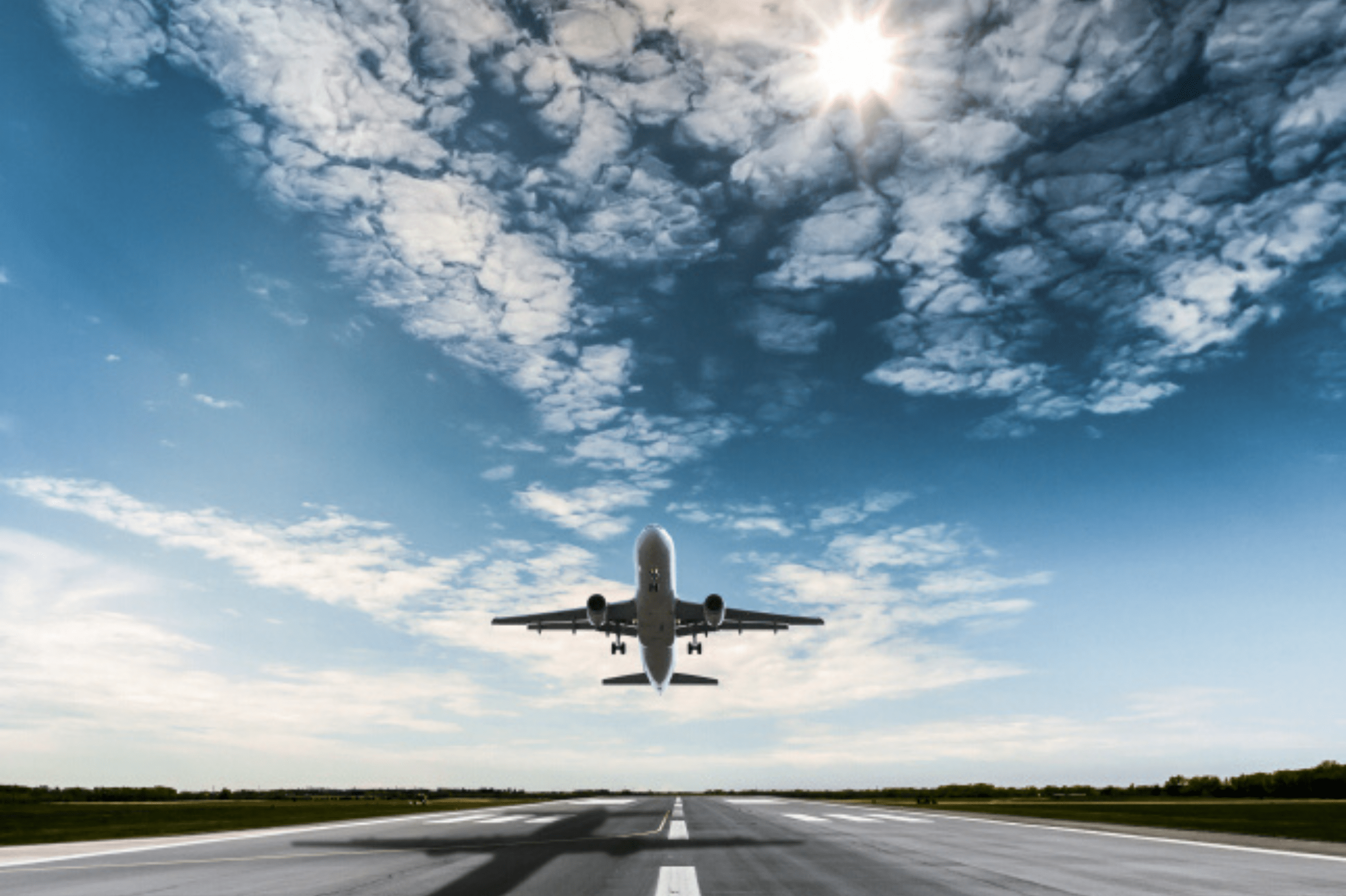
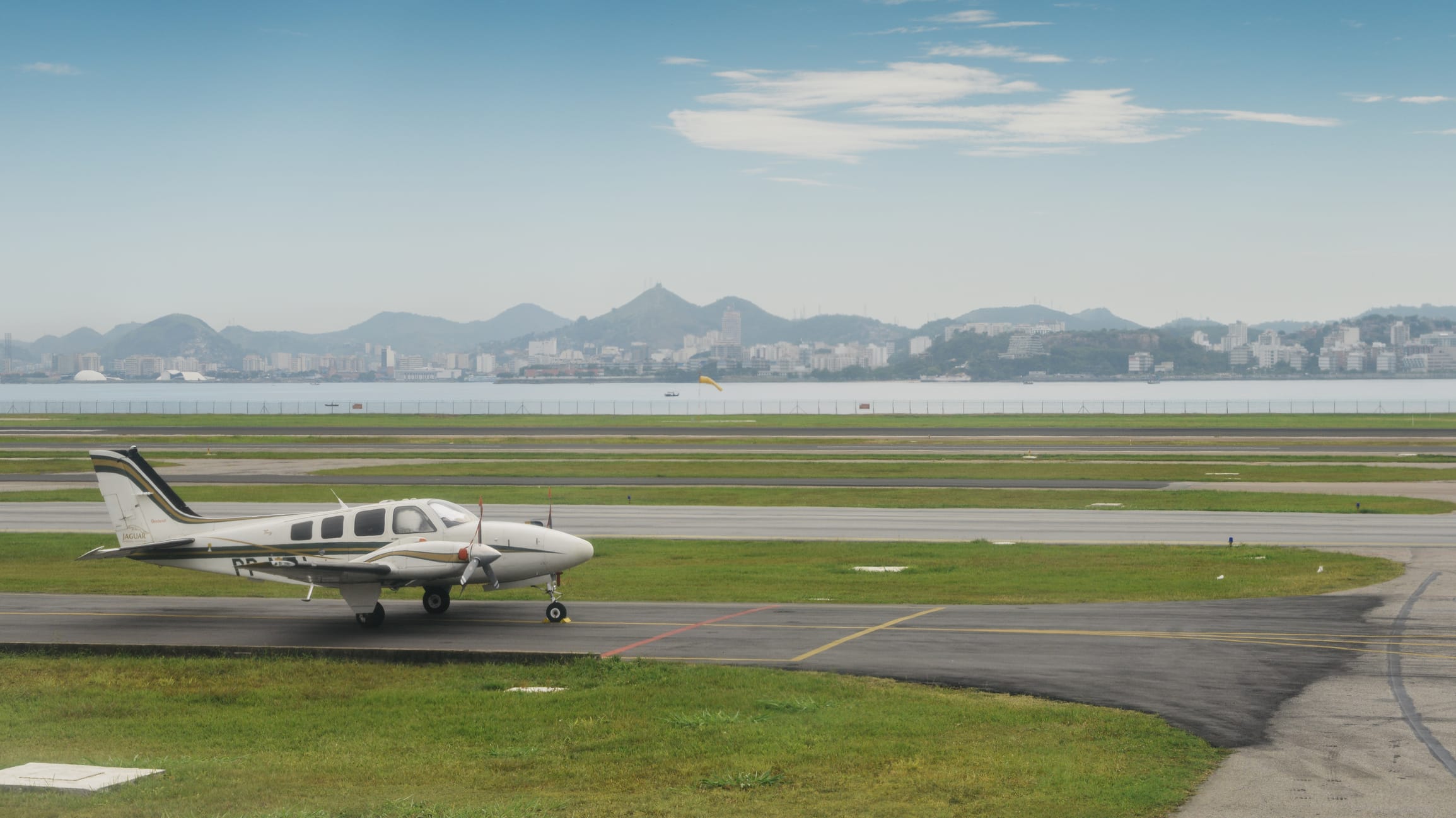
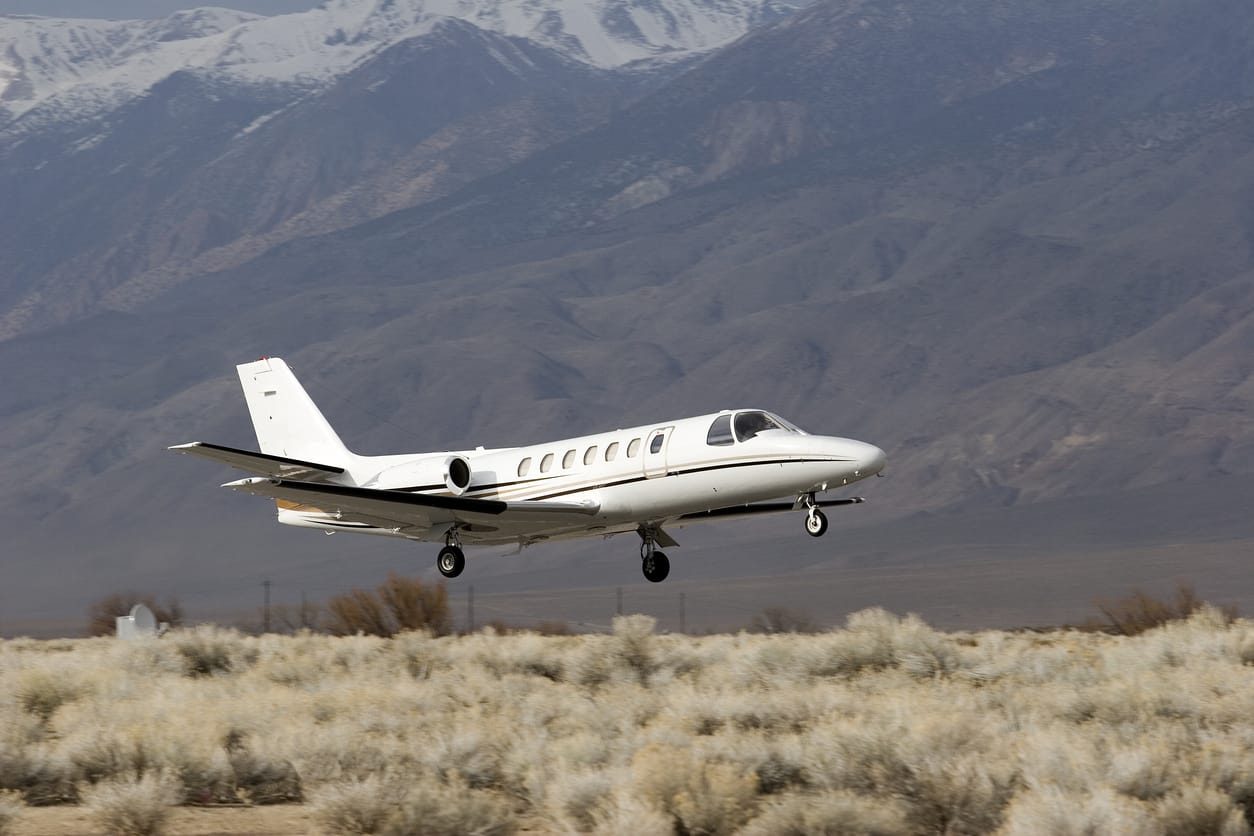
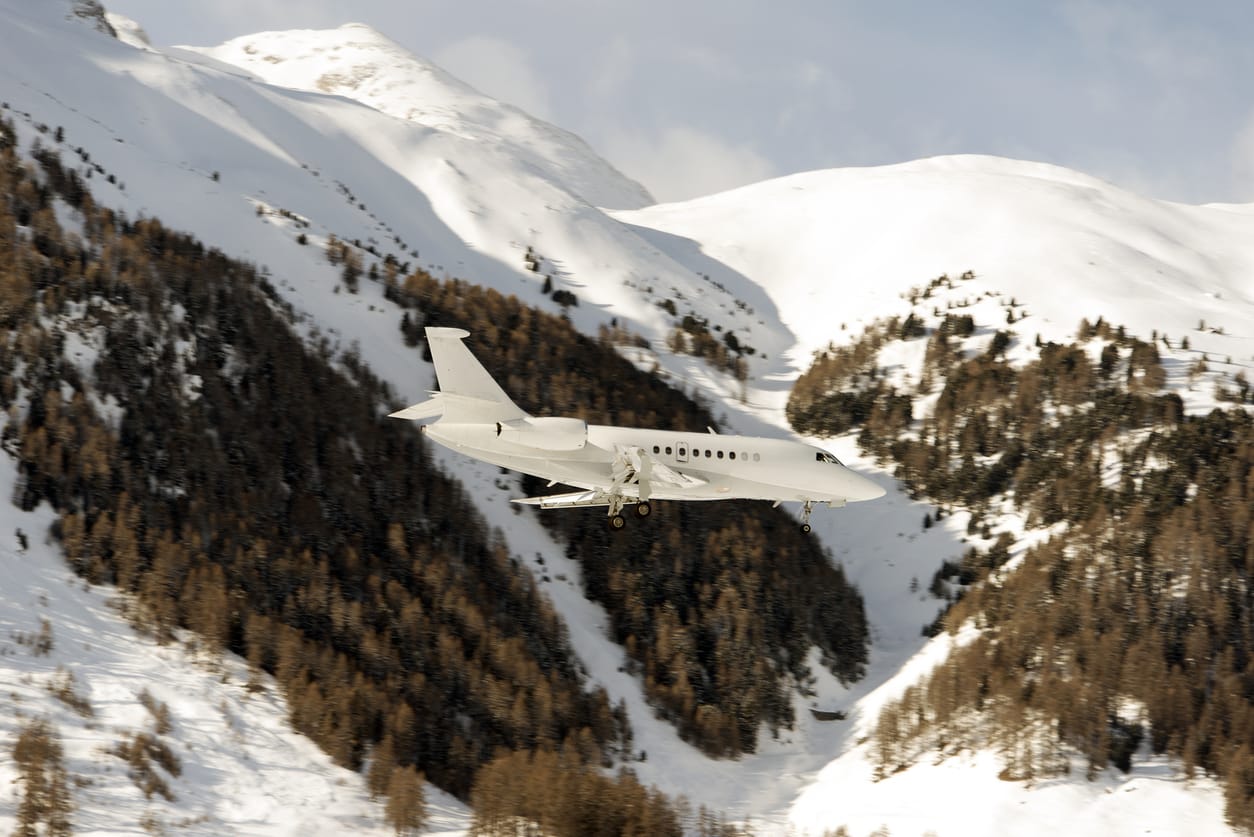
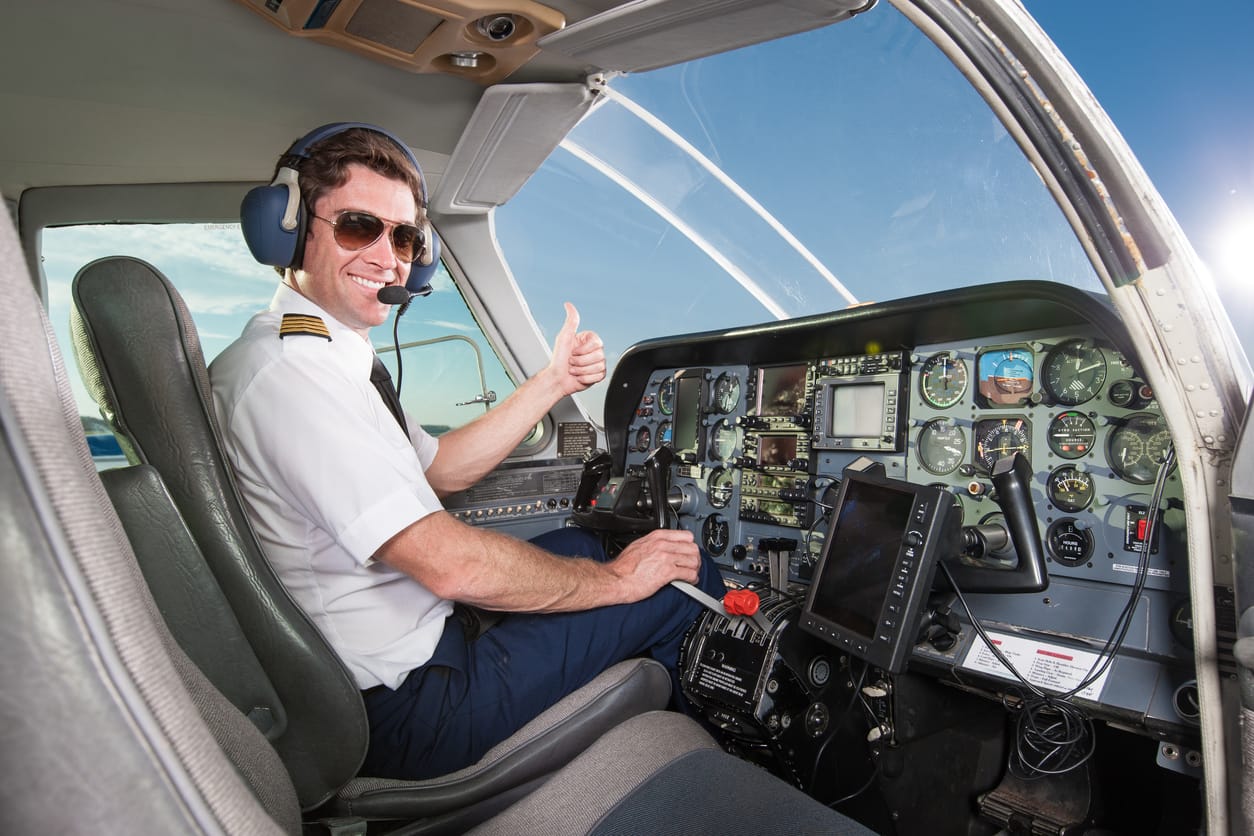
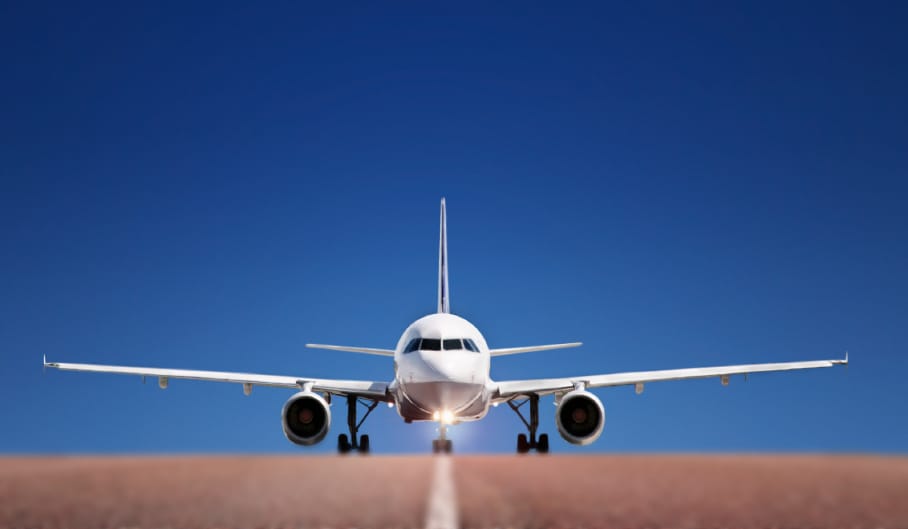
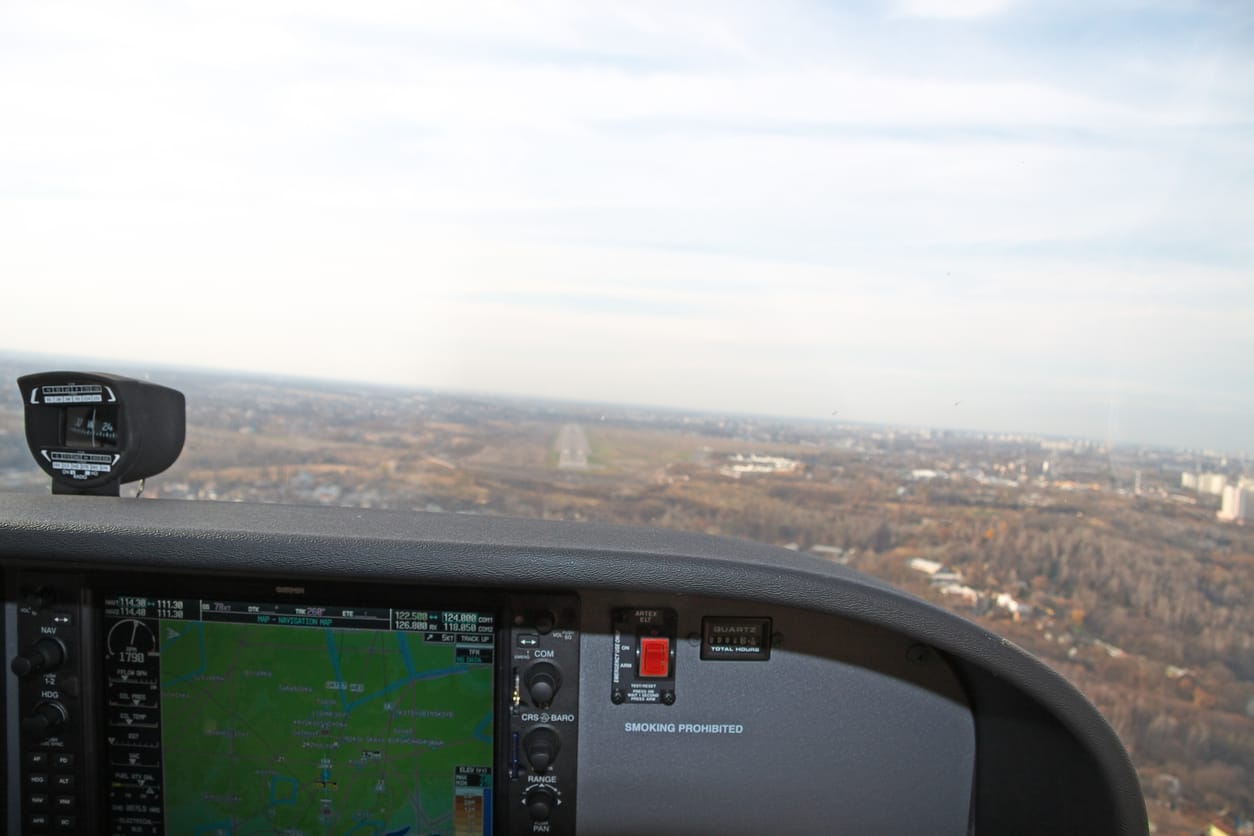
I am a pilot and I find this information very refreshing and informative especially for people who are passengers but keep wondering what pilots do from the time they get ready to fly to the time they allow their passengers disembark.